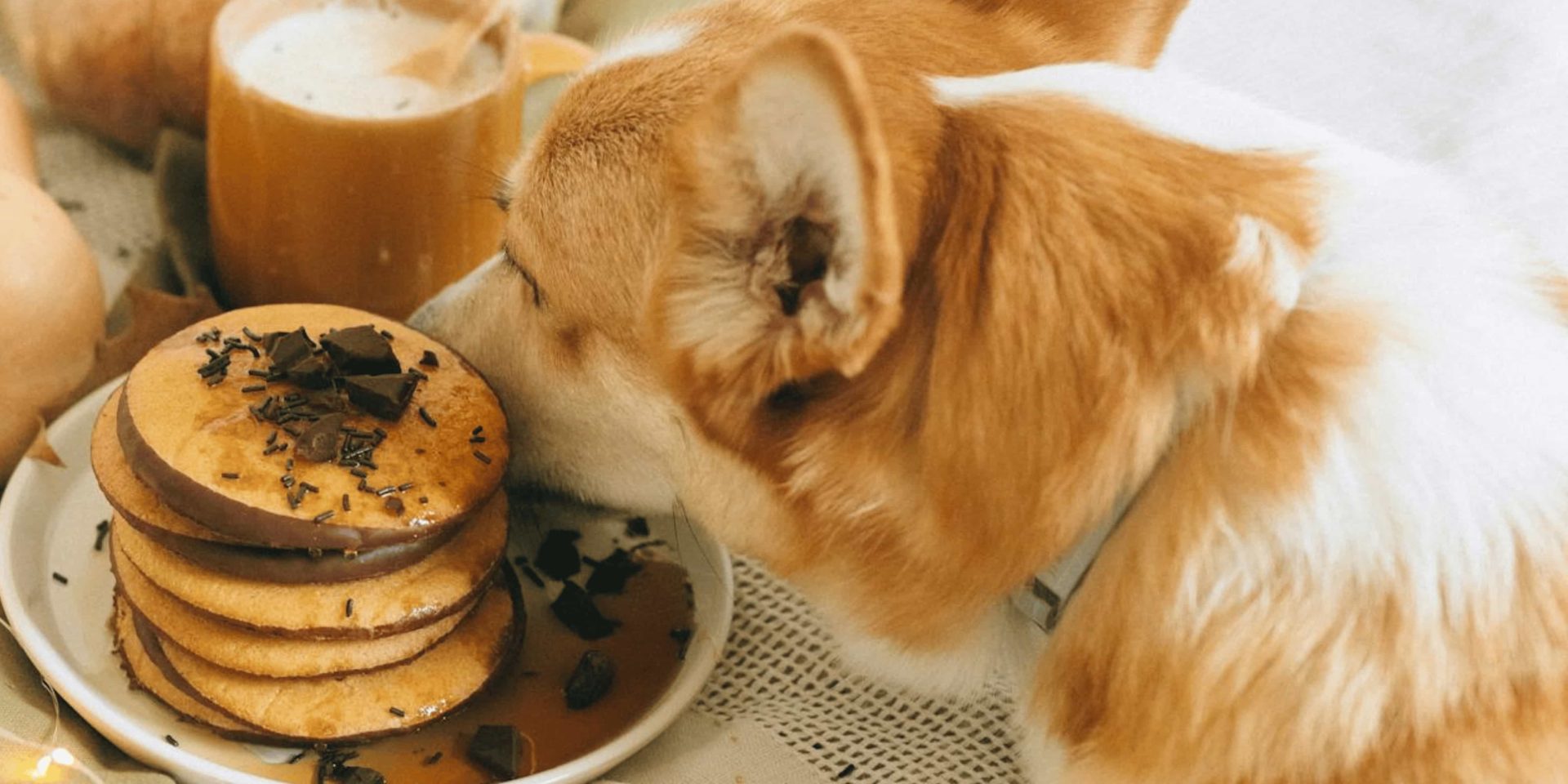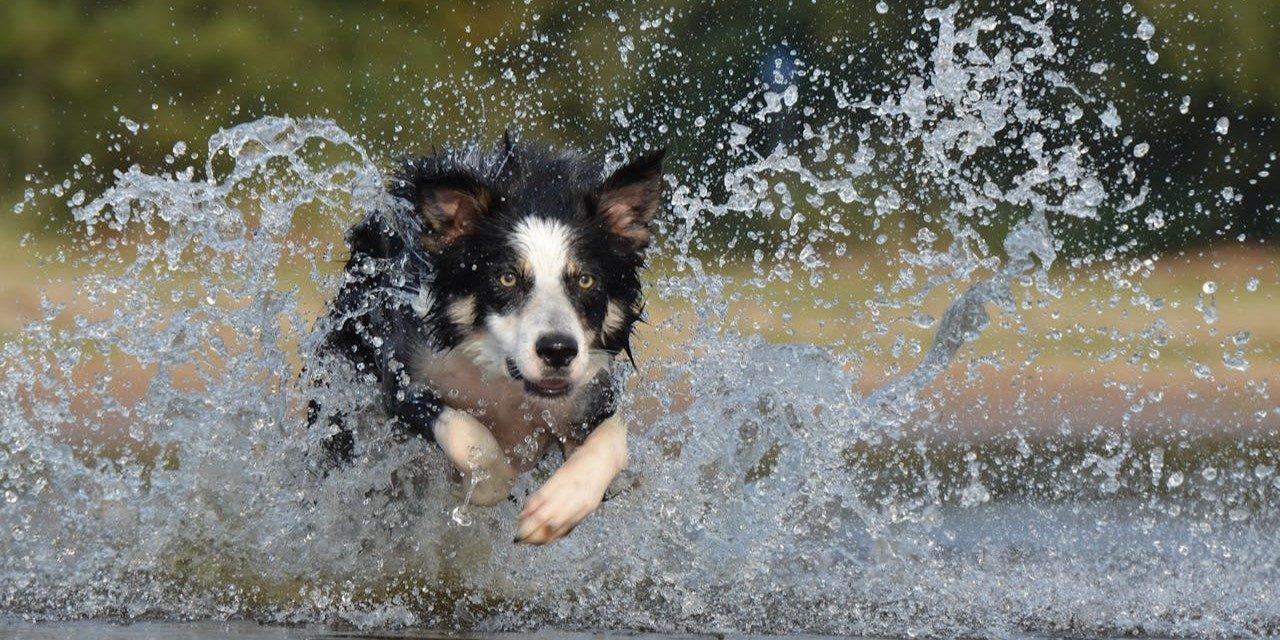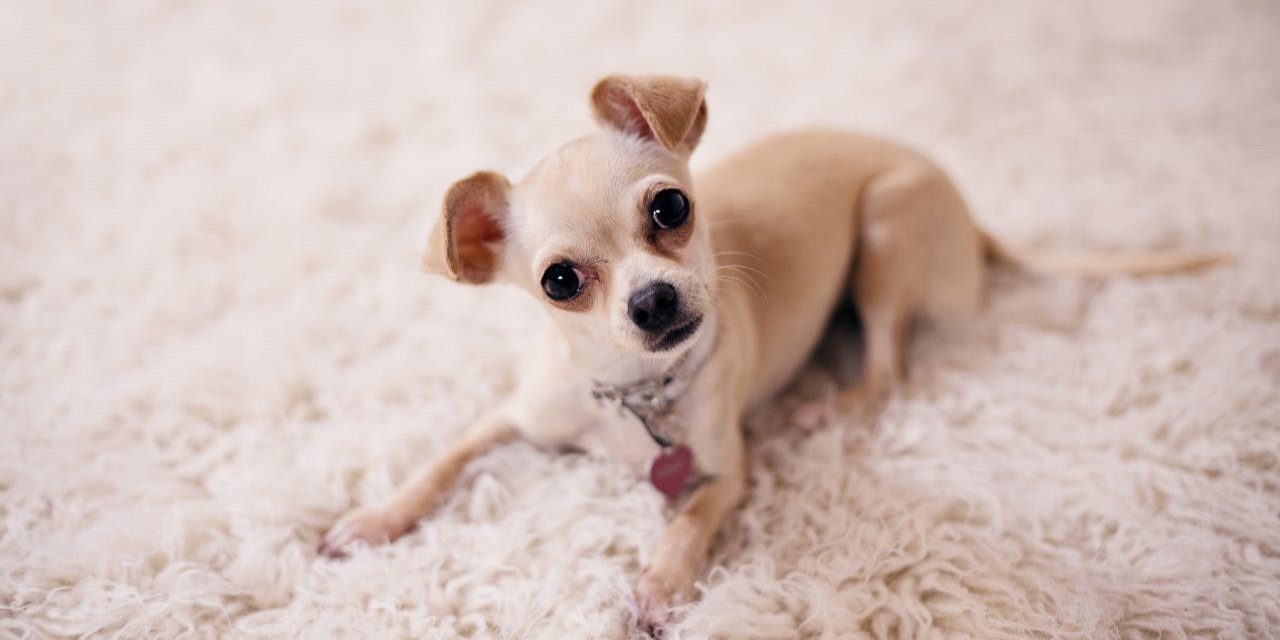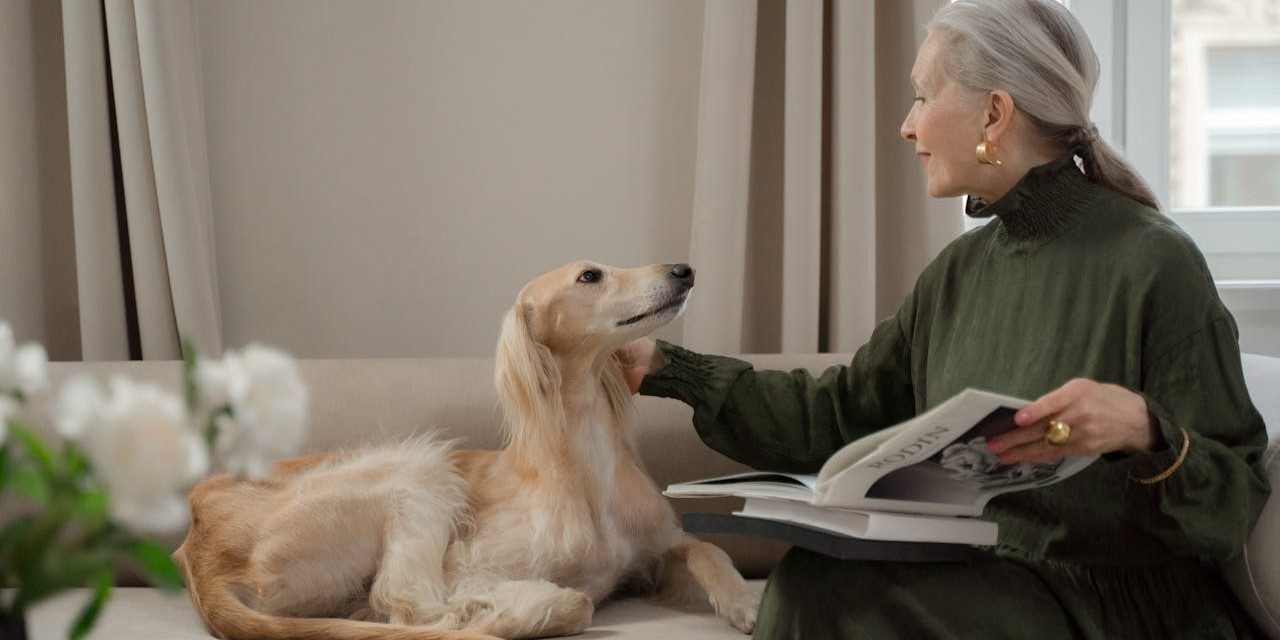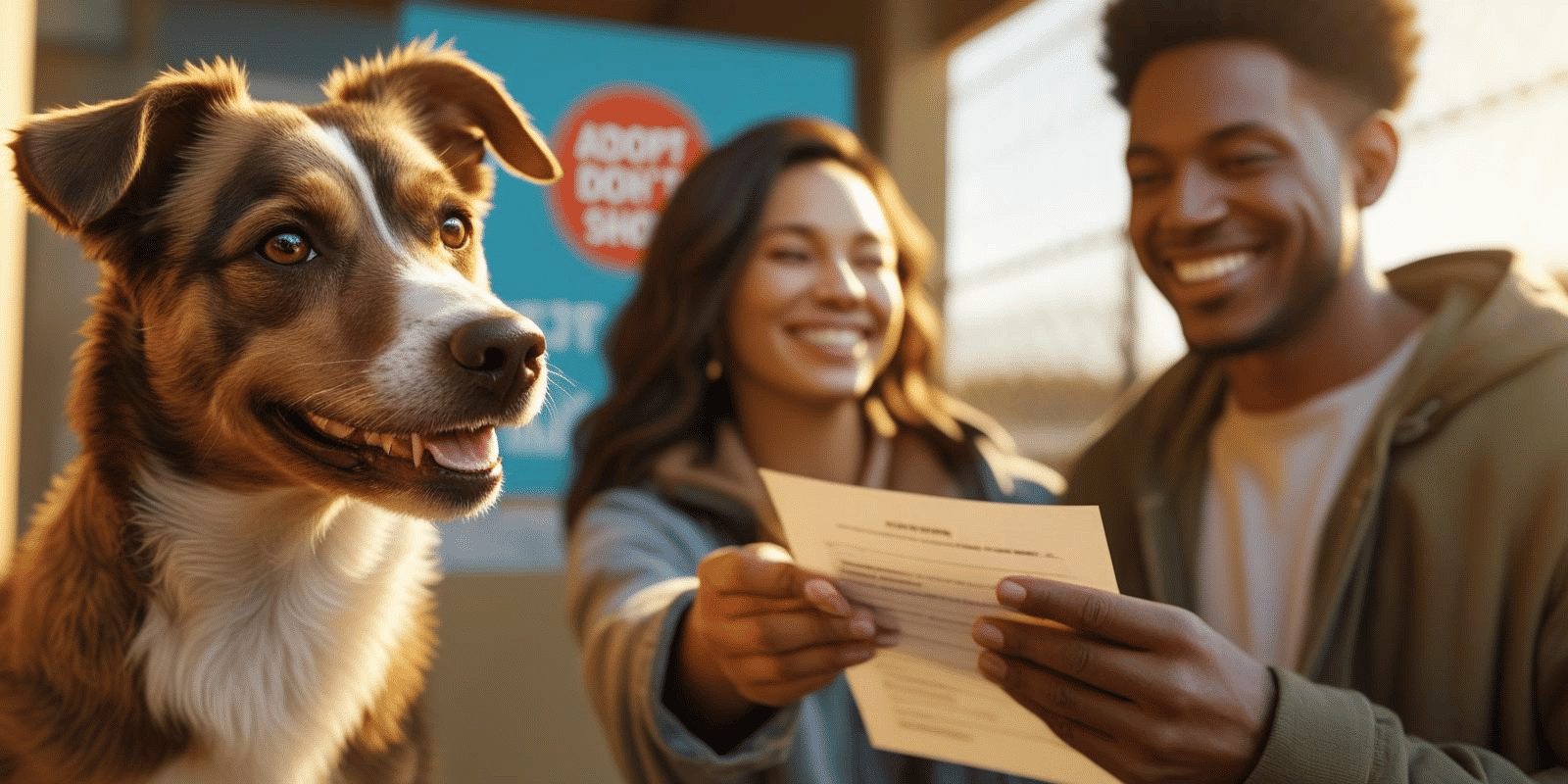What To Do If Your Dog Eats Chocolate: Expert Advice
If your dog has just gobbled up some chocolate, you might be feeling a wave of panic. You’re not alone—many dog owners face this alarming situation every year. What to do if your dog eats chocolate can mean the difference between panic and a calm, effective response. Chocolate is a tasty treat for humans, but it’s toxic to dogs. We’ll guide you through the immediate steps to take, how to recognize symptoms of poisoning, and when to urgently seek veterinary help to keep your furry friend safe. You’ll gain the confidence to act quickly, ensuring your beloved pet gets the care they need. Keep reading to learn how to protect your dog and what to do in this chocolate emergency. Your prompt action could make all the difference. Credit: www.bostonveterinary.com Symptoms Of Chocolate Poisoning In Dogs Chocolate poisoning in dogs can cause vomiting, diarrhea, rapid breathing, and muscle tremors. If your dog eats chocolate, contact a vet immediately. Quick action is vital to ensure your pet’s safety and health. Understanding the symptoms of chocolate poisoning in dogs is crucial for every pet owner. If your furry friend has indulged in a chocolate treat, knowing what to look for can make all the difference. Chocolate contains theobromine, which is toxic to dogs, and the severity of symptoms can vary based on the amount and type of chocolate consumed. Here’s what you need to be aware of. Common Symptoms To Watch For Recognizing the early signs of chocolate poisoning can be lifesaving. – Vomiting: This is often the first sign you’ll notice. Your dog may vomit shortly after consuming chocolate. – Diarrhea: Loose stools can follow, indicating gastrointestinal distress. – Increased Thirst: If your dog suddenly seems more thirsty than usual, it could be a response to the toxins. These symptoms can escalate if not addressed quickly. Behavioral Changes Watch for shifts in your dog’s behavior. – Restlessness: Your dog may seem uneasy or unable to settle down. – Hyperactivity: Increased energy levels can manifest, even leading to frantic behaviors. – Lethargy: In contrast, some dogs may become unusually tired or unresponsive. Noticing these changes? It’s time to act. Physical Symptoms Physical signs are often more alarming. – Rapid Breathing: If you notice your dog breathing faster than normal, it can signal distress. – Muscle Tremors: Shaking or tremors can occur, indicating more severe poisoning. – Seizures: In extreme cases, your dog may experience seizures, which require immediate veterinary attention. These symptoms are serious and should never be ignored. When To Seek Veterinary Help If your dog displays any combination of these symptoms, you must act quickly. – Immediate Action: Don’t wait to see if symptoms improve. Contact your veterinarian or an emergency animal clinic right away. – Be Prepared: Provide information about the type and amount of chocolate consumed. This helps the vet determine the best course of action. Your quick response can save your dog’s life. Are you prepared to handle a chocolate emergency? Why Chocolate Is Toxic To Dogs Chocolate is harmful to dogs. It contains two main substances: theobromine and caffeine. Dogs process these substances much slower than humans. This can lead to serious health issues. The amount of theobromine varies in different types of chocolate. Dark chocolate has higher levels than milk chocolate. Even small amounts can be dangerous. A dog’s size also affects how chocolate impacts them. What Happens When Dogs Eat Chocolate? After eating chocolate, dogs may show signs of toxicity. Symptoms include vomiting and diarrhea. Increased thirst and urination can also occur. Some dogs may experience rapid breathing or muscle tremors. In severe cases, seizures or even death may happen. Why Are Small Dogs At Greater Risk? Smaller dogs are more at risk. Their body size means less chocolate is needed to cause harm. Even a small piece of chocolate can lead to serious problems. Owners of small breeds should be extra cautious. Signs Of Chocolate Poisoning In Dogs Watch for signs of chocolate poisoning. Common symptoms include restlessness and increased heart rate. Dogs may also appear anxious or hyperactive. If you notice these signs, act quickly. What To Do If Your Dog Eats Chocolate If your dog eats chocolate, seek help immediately. Call your vet or an animal poison control hotline. Quick action is vital to ensure your dog’s safety. Do not wait for symptoms to appear. Types Of Chocolate And Their Risk Levels Dogs can suffer from chocolate poisoning, which varies by chocolate type. Dark chocolate poses a higher risk than milk chocolate. If a dog eats chocolate, seek veterinary help immediately for the best outcome. Understanding the types of chocolate and their risk levels is crucial for every dog owner. Chocolate contains theobromine, a substance that is toxic to dogs. Different types of chocolate have varying levels of theobromine, which directly affects the severity of poisoning. Let’s break down these types and their associated risks. Dark Chocolate Dark chocolate poses the highest risk to dogs. It contains about 5-16 mg of theobromine per gram. Even a small amount can lead to serious health issues. If your dog consumes dark chocolate, monitor them closely for symptoms like vomiting or rapid heartbeat. Call your veterinarian immediately for guidance. Milk Chocolate Milk chocolate is less toxic than dark chocolate but still dangerous. It generally contains about 1-2.5 mg of theobromine per gram. You might think a small piece won’t hurt, but even that can cause problems. If your dog eats milk chocolate, take it seriously and consult with a vet. White Chocolate White chocolate has minimal theobromine content, usually less than 0.1 mg per gram. While it’s the safest option among chocolates, it’s still not advisable for your dog. If your dog consumes white chocolate, it’s less likely to cause severe symptoms. However, it can still lead to digestive upset due to its high fat and sugar content. Unsweetened Baking Chocolate Unsweetened baking chocolate is highly concentrated and contains about 15-25 mg of theobromine per gram. This type can be extremely dangerous for dogs. … Read more

